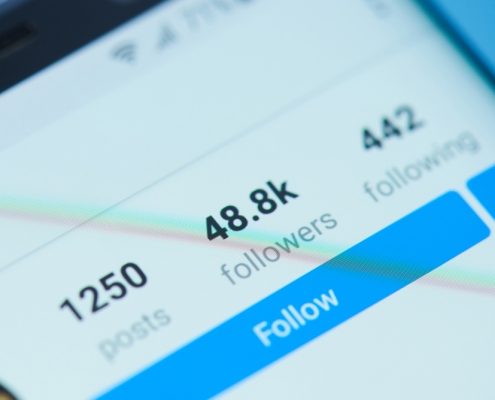Buzz Marketing and The Power of the Word of Mouth
I remember way back in my college days how many professors would stress to us the importance of word-of-mouth in marketing. Even before the digital age, consumers have always been one of the most powerful advertising agents. Although brands can spend millions of dollars in amazing advertising campaigns, sometimes it just takes a “free” reliable recommendation to make up a consumer’s mind.
Word of mouth has gained even more valuable meaning in the digital age. It has evolved from a personal one-on-one conversation to a very public and loud statement. And today, with the overwhelming amount of options and online advertising invading our daily lives, marketers are always trying to find new ways to cut through the noise and generate connections with their audience that can eventually grow to the point of advocacy.
Buzz Marketing is a great way to achieve that. With the right content, you are not only going to create awareness and get consumers interested in your brand, but you want to get them talking. The more the consumers talk, the more interesting your brand becomes. Getting that “buzz” or word of mouth is not an easy task. We have to create a compelling story, get the audience interested in it and facilitate its distribution. So it’s not only us, the brand, telling it, but the consumer itself, sometimes even in their own words, sharing our story with others, making it more believable.
You can check out this fun example https://www.buzzfeed.com/jeannettevigil/top-5-bourbon-drinks-you-must-try-this-summer-20t9fr2zyq


